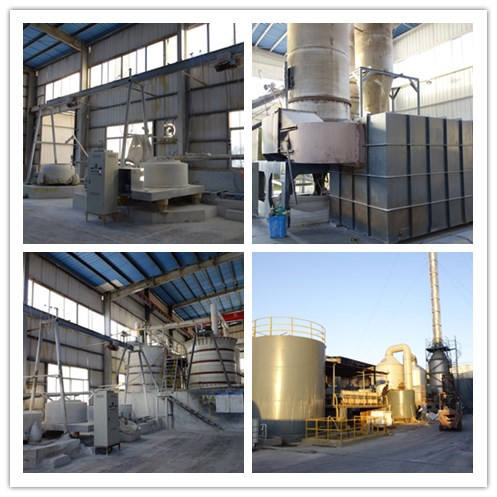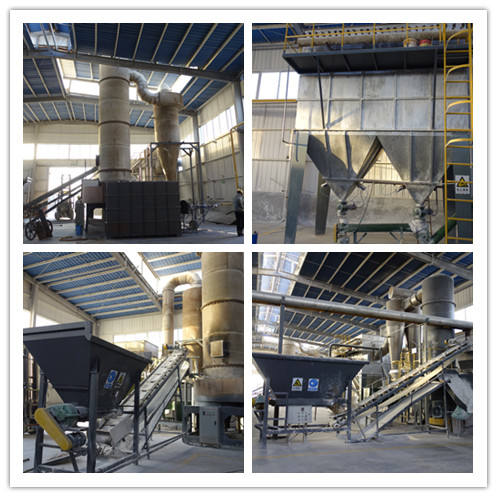Boric acid, also called hydrogen borate, boracic acid, orthoboric acid and acidum boricum, is a weak, monobasic Lewis acid of boron, which is often used as an antiseptic, insecticide, flame retardant, neutron absorber, or precursor to other chemical compounds. It has the chemical formula H3BO3 (sometimes written B(OH)3), and exists in the form of colorless crystals or a white powder that dissolves in water. When occurring as a mineral, it is called sassolite.
Applications:
Boric acid has a wide variety of uses. It is a component of many detergents, cosmetics, and enamel glazes. It is also used to make buffer solutions in biochemistry, as a fire retardant, as an anti-fungal compound, in the manufacture of fiberglass, as a flux in metallurgy, neutron-capture shields for radioactive sources, a texturing agent in cooking, as a precursor for other boron compounds, and along with its inverse, boric acid, is also useful as an insecticide.
FIBERGLASS AND GLASS
CERAMICS
AGRICULTURE AND FERTILIZER
FLAME RETARDANT
CORROSION INHIBITOR
WOOD PRESERVATIVES and PESTICIDES
METALLURGY
PHARMACEUTICALS AND COSMETICS
NUCLEAR APPLICATIONS



